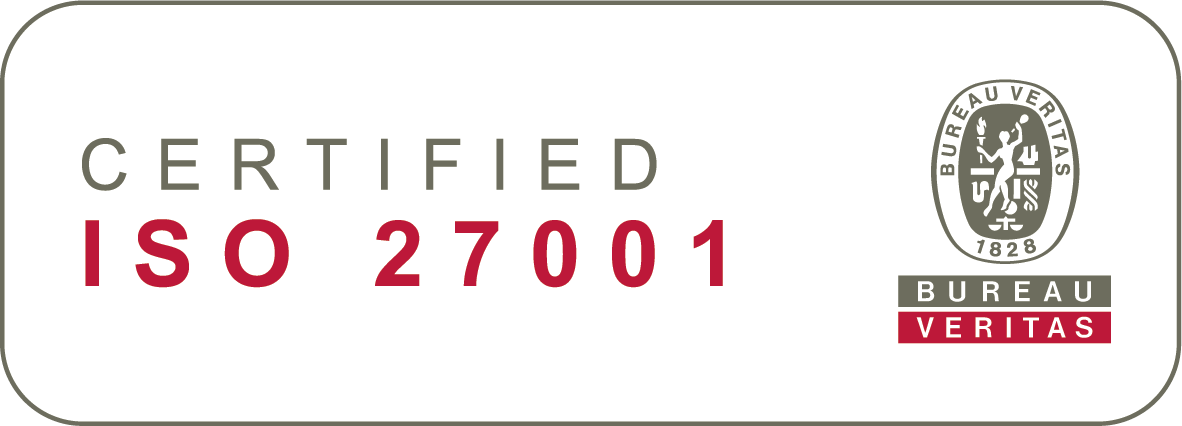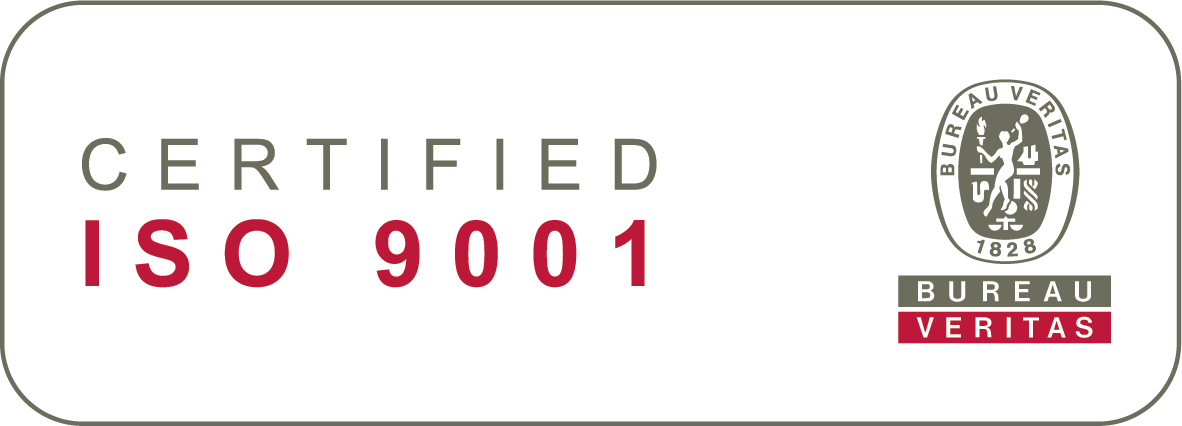The EU’s upcoming Pay Transparency Directive is a seismic piece of legislation with implications that effect businesses across Europe. Set to take effect in 2026, it presents a real challenge for businesses that don’t prepare in time and a huge opportunity for those that take immediate steps to reevaluate their approach to pay transparency.
Introducing Pihr: Sympa’s trusted partner in compliance
Pihr is a key partner in Sympa’s extensive HR ecosystem, bringing advanced pay equity software to help businesses tackle pay transparency requirements. Together, Sympa and Pihr provide the tools HR professionals need to collect, analyse, and report salary data while addressing pay gaps and ensuring compliance. Pihr’s automated analysis and reporting seamlessly complement Sympa’s salary review tools to deliver the ideal combination for pay equity management.
The EU Pay Transparency Directive: Key Takeaways
In June 2026, the EU Pay Transparency Directive will introduce a mandatory set of reporting requirements for all EU companies with 100 or more employees. These companies will need to publish salary ranges on all job adverts, as well as publish reports on the company’s gender pay gaps.
In practice, this pay gap is defined as a discrepancy in pay between workers of similar experience and skill levels, or workers performing different job roles that are categorised as “equivalent work,” such as warehouse workers and checkout assistants at supermarkets, for instance.
For employees, it is important to know that the directive introduces a Right to Information (RTI). Upon request, companies of all sizes must provide individual employees with information about the criteria their salary is based on and how their salary compares with others in equal and equivalent roles. With just two months to fulfil this request, having a system in place for RTIs will make retrieving the numbers much easier.
Financial, legal, and employer brand impact
The Directive could have a significant financial impact, with potential fines for non-compliance and the risk of collective lawsuits in cases of discrimination. Companies that are required to report on their pay gaps should invest in talent or software early in to manage the likely increase in requests from employees.
There are several key legal implications in the Directive. As mentioned above, companies with more than 100 employees will have to report in their gender pay gap regularly. If pay gaps of more than 5% are discovered, a pay assessment must be conducted in collaboration with employee representatives. Employers that don’t already have a good working relationship with the relevant unions, should prioritise building good communication in the next few years.
In the event of a lawsuit, the burden of proof now falls on the employer. This means companies must be able to demonstrate that salary decisions were made fairly and without discrimination, placing an even greater emphasis on transparent pay structures and accurate documentation.
Beyond legal and financial risks, public perception matters. In the UK, where similar legislation exists, companies with visible pay gaps have faced reputational damage and struggled to attract top talent. The media could also spotlight significant disparities. For example, if a multinational bank’s Swedish office reported a much higher gender pay gap than its German counterpart.
Turning a challenge into an opportunity
Compliance doesn’t need to be complex. Sympa and Pihr offer scalable tools that integrate seamlessly into your HR processes to ensure compliance with the directive. Sympa’s salary review tools simplify the process by providing an overview of pay structures. At the same time, Pihr’s software analyses disparities and generates reports within seconds.
As Magnus Drogell, Founder and CEO of Pihr, explains:
"Achieving pay transparency starts with taking the first step — don’t overthink it. Establish a baseline by gathering data and analysing your current pay structure to identify any gaps. The sooner you start, the sooner you can take meaningful action to create a fairer workplace. Perfect alignment isn’t required to begin, progress happens when you prioritise action over delay."
How Pihr and Sympa work together
Together, Sympa and Pihr offer a powerful, integrated solution for managing pay equity across your organisation.
- Pihr’s pay equity software: Identify unjust salary disparities automatically, generate compliance reports and create action plans with cost calculations.
- Sympa’s HR master data and salary review tools: Track employee pay, review salary structures across teams or regions, and set transparency goals, all in one platform.
- Multi-national capabilities: Both systems are scalable across multiple countries, helping global organisations ensure compliance with local legislation while keeping a consolidated view.
New features: Sympa & Pay Transparency
Later this year, Sympa will introduce new functionality to help companies get ready for the EU Pay Transparency Directive. These tools will give HR teams deeper insight into any gaps they might have and enable them to address those proactively.
- Specifically, the functionality allows you to create groups of employees who perform equivalent work.
- These groups can be based on job titles, teams, or any other logical grouping, even in cases where job levels or titles aren’t clearly defined.
- The tool then generates the right metrics for each group, including per-gender averages and any deviations from those averages.
- This empowers HR to quickly spot potential pay gaps and take corrective action.
An example of addressing pay transparency in practice
A multinational retail company with 10,000 employees across five countries used Sympa and Pihr to prepare for the directive. By integrating Sympa’s salary review tools with Pihr’s automated analysis, the HR team identified a 12% pay gap in equivalent roles across regions. Within six months, they implemented salary adjustments supported by Pihr’s cost calculations and communicated the improvements transparently through internal channels. The result? Improved employee trust and a 20% increase in female applicants within a year.
Checklist for HR teams
Start preparing today with these action items:
- Conduct an internal pay audit: Use tools like Sympa and Pihr to set salary ranges and identify pay gaps.
- Implement reporting mechanisms: Automate the process of analysing and generating pay equity and Right to Information reports.
- Set transparency goals: Define a plan for reducing pay gaps and updating salary ranges annually.
- Communicate openly: Publish your baseline figures and demonstrate progress through job ads, career pages, and reports.
- Educate leadership: Collaborate with heads of department and the board to build awareness and secure buy-in for investments in pay equity tools.
Sympa and Pihr: your trusted partners for pay transparency
Prepare your organisation for the EU Pay Transparency Directive with a seamless combination of Sympa’s salary review tools and Pihr’s pay equity software. Together, they help HR teams save time, ensure compliance, and build a reputation for fairness and transparency.
With multi-country support, seamless integration, and powerful new features coming soon, Sympa and Pihr are here to help HR teams lead the charge in building pay equity across regions, roles, and responsibilities.
For more information, read about Sympa’s salary review tool here and Pihr’s Pay Equity Software here.
Start building a fairer workplace today. Book a demo with Sympa or Pihr now.








